1. Introduction
When choosing or designing a pickleball paddle, how it’s made matters more than you might think. The manufacturing process directly affects the paddle’s feel, performance, durability, and price.
In today’s market, there are two main ways paddles are made: cold-pressed and thermoformed. Both use layered materials like carbon fiber or fiberglass bonded to a honeycomb core, but the way they’re built—and what each process offers—is very different.
This article will walk you through the differences between cold-pressed and thermoformed paddles. We’ll compare how they’re made, how they perform on the court, and what kind of players or brands they’re best suited for. Whether you’re starting your own paddle line or just curious about what’s inside your paddle, this guide will help you make a more informed choice.
2. What Is a Cold-Pressed Pickleball Paddle?
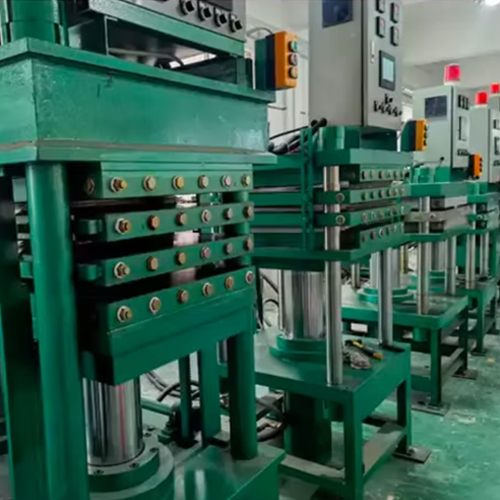
A cold-pressed pickleball paddle is made by stacking layers of material—usually fiberglass or carbon fiber—on both sides of a lightweight polypropylene (PP) honeycomb core, and then pressing them together at room temperature using strong adhesives. This method doesn’t use heat or molds, which makes the production process more flexible and cost-effective.
Once the layers are glued and pressed, the flat paddle board is cured (hardened) under pressure for several hours until the structure is stable. After that, the board is cut into paddle shapes using CNC machines, and an edge guard is added to protect the paddle and hold the layers together. Surface graphics, textures, or matte finishes can also be applied at this stage.
Key Features of Cold-Pressed Paddles:
- No mold required – Paddle shapes are cut directly from laminated boards
- Supports a wide range of shapes and sizes
- Can use fiberglass or carbon fiber face materials
- Edge guard is added after pressing to seal the paddle
Advantages:
- Low cost: Ideal for beginner-level paddles and large-scale retail
- Flexible customization: Easy to test different shapes or designs without paying for a mold
- Small MOQ (Minimum Order Quantity): Even low-volume orders (e.g., 30–50 paddles) are possible
- Fast turnaround: Great for startups or brands launching new designs quickly
Limitations:
- Durability is lower compared to thermoformed paddles
- Performance can vary if the lamination isn’t perfectly even
- Edge guard required, which may separate over time with heavy use
Cold-pressed paddles are a popular choice for entry-level players, schools, clubs, and new brands. They offer a good balance of performance and price—and they’re a great option if you want to test the market or customize paddles in small batches without high upfront costs.
3. What Is a Thermoformed Pickleball Paddle?
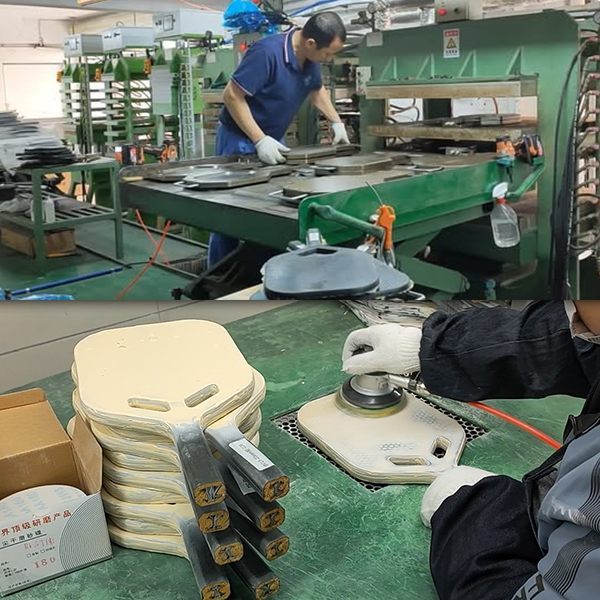
A thermoformed pickleball paddle is made using heat, pressure, and a custom mold to create a seamless, one-piece structure. This advanced manufacturing method is popular in high-performance paddles used by competitive and professional players.
In thermoforming, the paddle layers—typically high-grade carbon fiber and a polypropylene honeycomb core—are placed into a metal mold. The mold is then sealed and heated under high pressure. This process allows the materials to fully bond, creating a strong, consistent, and durable paddle.
Many thermoformed paddles also include injected foam around the edges, which improves stability, expands the sweet spot, and eliminates the need for a separate edge guard. The result is a paddle with a cleaner design, better feel, and more reliable performance.
Key Features of Thermoformed Paddles:
- One-piece seamless structure using a custom mold
- Foam-injected edge for improved sweet spot and vibration control
- Carbon fiber face is most commonly used for strength and responsiveness
- No edge guard needed, reducing risk of separation over time
Advantages:
- Excellent durability: Stronger bonding and solid edge structure
- Consistent performance: Better power transfer, control, and feel across the paddle face
- Premium appearance: Clean, high-end look with no seams or visible layering
- Supports advanced materials like T700 carbon, Kevlar blends, and titanium coatings
Limitations:
- Requires a mold: Mold costs typically range from $4500 to $5000
- Higher MOQ: Best suited for brands planning to produce in larger quantities
- Longer lead time: Mold development and setup require more planning
Thermoformed paddles are the top choice for premium product lines and competitive play. If your brand focuses on high-end performance paddles or you want to stand out in a crowded market, thermoforming offers a professional finish and superior build quality.
4. Cold-Pressed vs Thermoformed: Side-by-Side Comparison
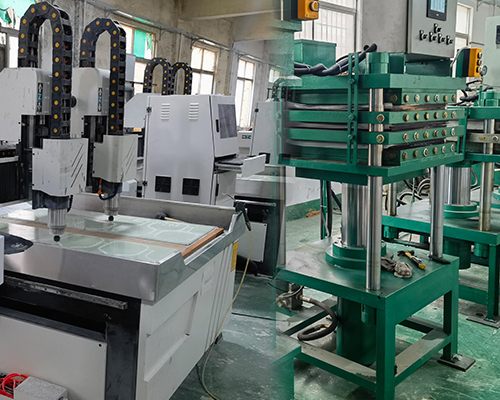
Now that you understand how each paddle type is made, here’s a quick comparison to help you see the key differences at a glance:
| Feature | Cold-Pressed Paddle | Thermoformed Paddle |
| Manufacturing Method | Laminated at room temperature using glue and pressure | Molded under high heat and pressure in a sealed mold |
| Structure | Layered design with added edge guard | One-piece, seamless body with foam-injected edges |
| Face Materials | Fiberglass or carbon fiber | Mainly carbon fiber (T700, 3K/12K/18K), Kevlar, titanium-coated |
| Edge Design | Separate edge guard glued on | foam-filled edge molded in |
| Durability | Moderate – may wear faster with heavy use | High – excellent strength and long-lasting structure |
| Performance Feel | Softer, less consistent rebound | Crisp, responsive, stable across the sweet spot |
| Appearance | Layered look, edge seams visible | Clean, high-end finish with seamless design |
| Customization Flexibility | Very flexible – shape, graphics, small MOQ | Less flexible – mold limits shape changes, but supports premium materials |
| Upfront Cost | No mold cost, low barrier to entry | Mold required ($600–$750), higher initial investment |
| MOQ | As low as 30–50 paddles (1 pc for in-stock shape) | Starts from 1 pc after mold is made; best for 500+ per design |
| Best For | Entry-level paddles, small brands, test batches | High-performance paddles, pro-level players, premium branding |
🔍 Summary:
- Choose cold-pressed if you’re launching on a small budget, want more freedom to test different shapes, or need a lower MOQ.
- Choose thermoformed if you’re building a premium line, targeting competitive players, or looking for the best performance and durability.
Each method has its place. The best choice depends on your brand goals, your customers, and the type of paddle experience you want to deliver.
5. Cold Press vs Thermoformed: Manufacturing Process Breakdown
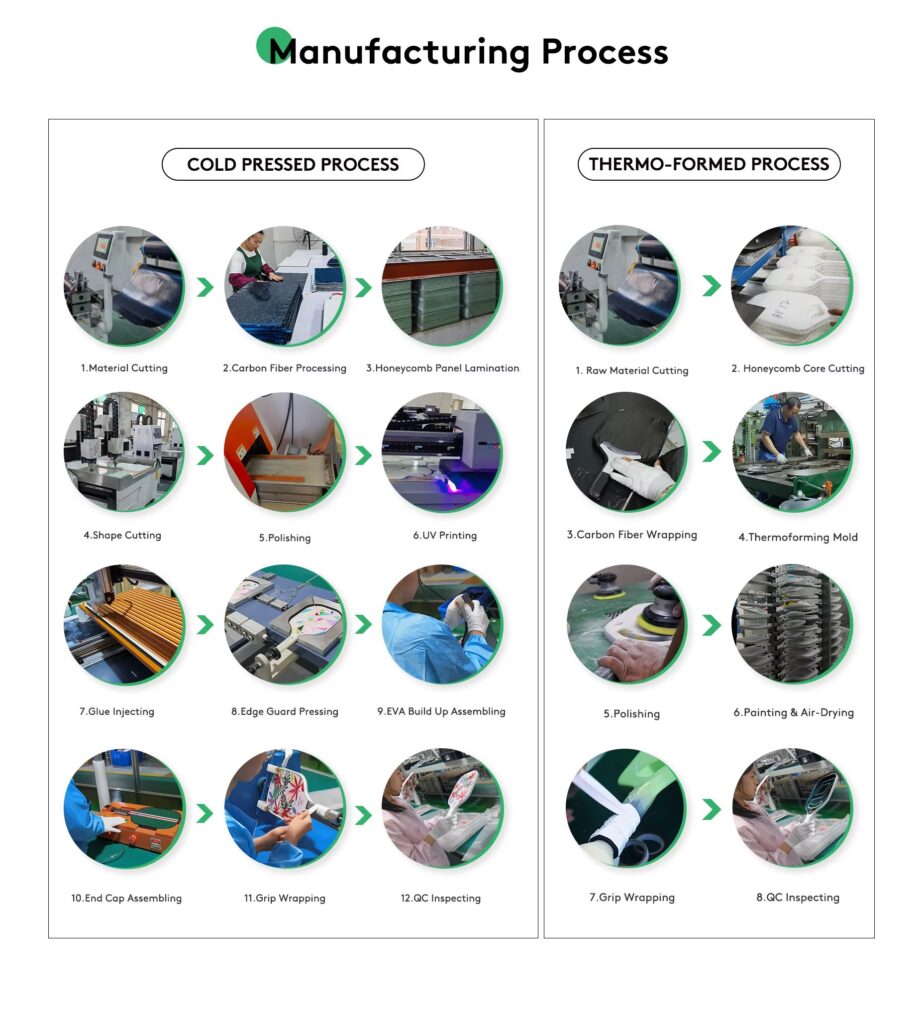
Beyond materials and structure, the production workflow for cold-pressed and thermoformed paddles is also very different. Each method involves specific steps that impact turnaround time, customization flexibility, and product consistency.
🧊 Cold Press Manufacturing Process
This process uses layered bonding at room temperature to form the paddle structure. It allows flexible shaping and is ideal for small-batch, cost-effective production.
Workflow:
- Material Cutting
- Carbon Fiber Surface Preparation
- Honeycomb Panel Lamination (layer bonding with resin)
- Paddle Shape Cutting (via CNC)
- Surface Polishing
- UV Graphic Printing
- Glue Injecting (to seal and reinforce the edges)
- Edge Guard Pressing
- EVA Build-Up Assembly (for handle padding)
- End Cap Assembling
- Grip Wrapping
- Final QC Inspection
✅ Best For:
Flexible custom shapes, small MOQs, and quicker adjustments without mold costs.
🔥 Thermoformed Manufacturing Process
Thermoforming uses heat, pressure, and a mold to create a seamless, high-performance paddle. It delivers more consistent results and supports foam-injected edges and advanced material combos.
Workflow:
- Raw Material Cutting
- Honeycomb Core Cutting
- Carbon Fiber Wrapping (around core)
- Thermoforming Mold Pressing (heat + pressure)
- Surface Polishing
- Painting & Air Drying (or UV coating)
- Grip Wrapping
- Final QC Inspection
✅ Best For:
High-end paddles with seamless construction, premium appearance, and consistent performance.
6. Which Paddle Type Is Right for You?
Choosing between a cold-pressed and a thermoformed paddle isn’t just about how it’s made — it’s about aligning your product with your target market, brand positioning, and business goals.
Here’s how to decide which is right for you:
✅ Choose Cold-Pressed Paddles if you:
- Are a new or small brand looking to enter the market with minimal upfront costs
- Want to test different shapes, graphics, or core thicknesses quickly
- Need small batch production — MOQs as low as 30–50 pcs
- Are targeting beginners, schools, or casual players
- Want faster turnaround without investing in molds
Cold-pressed paddles are affordable, flexible, and ideal for building your product line before scaling up.
✅ Choose Thermoformed Paddles if you:
- Are targeting advanced or professional players who expect top-tier performance
- Want to offer premium features like a seamless edge, injected foam, or titanium-coated faces
- Plan to produce a consistent product in larger volumes
- Are building a flagship paddle line with high-end branding
- Have the budget for custom mold development and long-term production
Thermoformed paddles deliver higher durability, a cleaner look, and a superior playing experience — perfect for serious brands and competitive use.
💡 Not sure?
You don’t have to commit to one forever. Many growing brands start with cold-pressed paddles to test their designs and audience, then upgrade to thermoformed models for high-performance or pro-level lines once demand grows.
7. PKZK Paddle Solutions – From Concept to Court
Choosing between cold-pressed and thermoformed paddles depends on your goals. For low-cost flexibility and fast prototyping, cold press is perfect. For top-tier performance, consistent quality, and a seamless finish, thermoforming is the premium choice.
Whether you’re targeting bulk custom pickleball paddles or building a high-end series as a trusted pickleball paddle manufacturer, PKZK has the experience, flexibility, and capacity to support your success.
👉 Contact us to request a quote, discuss your custom project, or start building your next paddle line today.

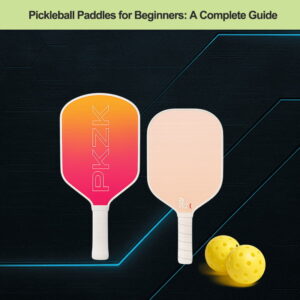


1 comment